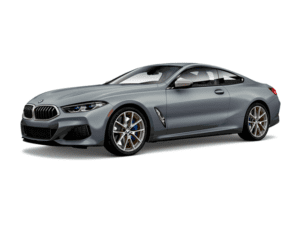For those who enjoy driving unique cars, Chevrolets are mid-size SUVs that are best. Although it has a lot of passenger and cargo room, the KIA Sorento and the Hyundai Santa Fe can equal it for quality of interior materials at a similar price. The Blazer’s value proposition is impacted by the fact that several of its best options are only available on the expensive models.
Even though the 2023 Chevy Blazer can be fun to drive, it couldn’t match the total skill set of rivals like the Jeep Grand Cherokee and Honda Passport.
Engine and Performance
The Blazer has two engines available: a 3.6-liter V-6 with 308 horsepower and a 2.0-liter turbocharged four-cylinder with 228 horsepower as standard. Both come with either front-wheel drive or all-wheel drive and a nine-speed automatic transmission. The front-drive, turbo-four variant offers enough power for both interstate and city driving.
The V-6, on the other hand, has outstanding acceleration and gives you more assurance while passing on the highway. Unfortunately, when a sudden burst of acceleration is required, the automatic transmission is slow to downshift.
The V-6 model can handle up to 4500 pounds of weight while the four-cylinder version can tow up to 1500 pounds. The Blazer is unquestionably the best-driving crossover to wear the Chevrolet bow tie, with steady calm and precise handling.
The Blazer is more engaging than many rivals even without the more athletic setup found on the RS. Its regular 18-inch wheels and tires provided a quieter and smoother ride than the massive 21-inch wheels and tires worn by the RS model, which thudded over rough roads.
On flat ground and at highway speed, both models remained hushed. During spirited exercises, the precise feedback from the steering was pleasing, but fluid at low speeds.
Fuel Economy
The Blazer’s base turbo four-cylinder engine is rated at up to 22 mpg city and 29 mpg highway. According to estimations, the V-6 model can only get up to 20 mpg in the city and 27 mpg on the interstate.
In a real-world test, the V-6 Blazer with all-wheel drive was able to achieve 24 mpg. Additionally, in the same test, the Hyundai Santa Fe obtained 27 mpg.
Interior
The Chevrolet Camaro served as a major design influence for the design of the Blazer, which has an easy-to-use climate control system with round air vents below the center stack. The temperature settings on these vents can be turned.
A two-tone color scheme and soft-touch plastics are among the interior decoration. Our mid-level test car had a few cheap pieces and mostly grayscale colors, in contrast to the fancier models that come with leather surfaces and flashier materials. The Blazer also includes desirable features like heated and ventilated front seats, heated rear seats, and ambient interior lighting.
We were able to fit 11 and 26 carry-on suitcases, respectively, into the 31 cubic feet behind the back seats and the 64 cubic feet with the back seats folded. The front-door panels have ledges that are ideal for smartphones as well as other storage options for small items.
At the front of the center console, there is also a sizeable cubby with a good amount of space but no organization. With a small door pocket and a bin behind the center console, the back seat is less impressive.
Safety and Driver-Assistance Features
Every Chevy Blazer comes standard with driver-assistance functions like automatic high beams, forward collision warning with automated emergency braking, and more.
There’s no need to worry about where to get the best lease deals. At VIP Auto, our lease deals are budget-friendly, hassle-free, and swift. Contact us now at VIP Auto Lease, 1204 Hylan Blvd, Staten Island, NY 10305 718-477-7888 https://viplease.com

